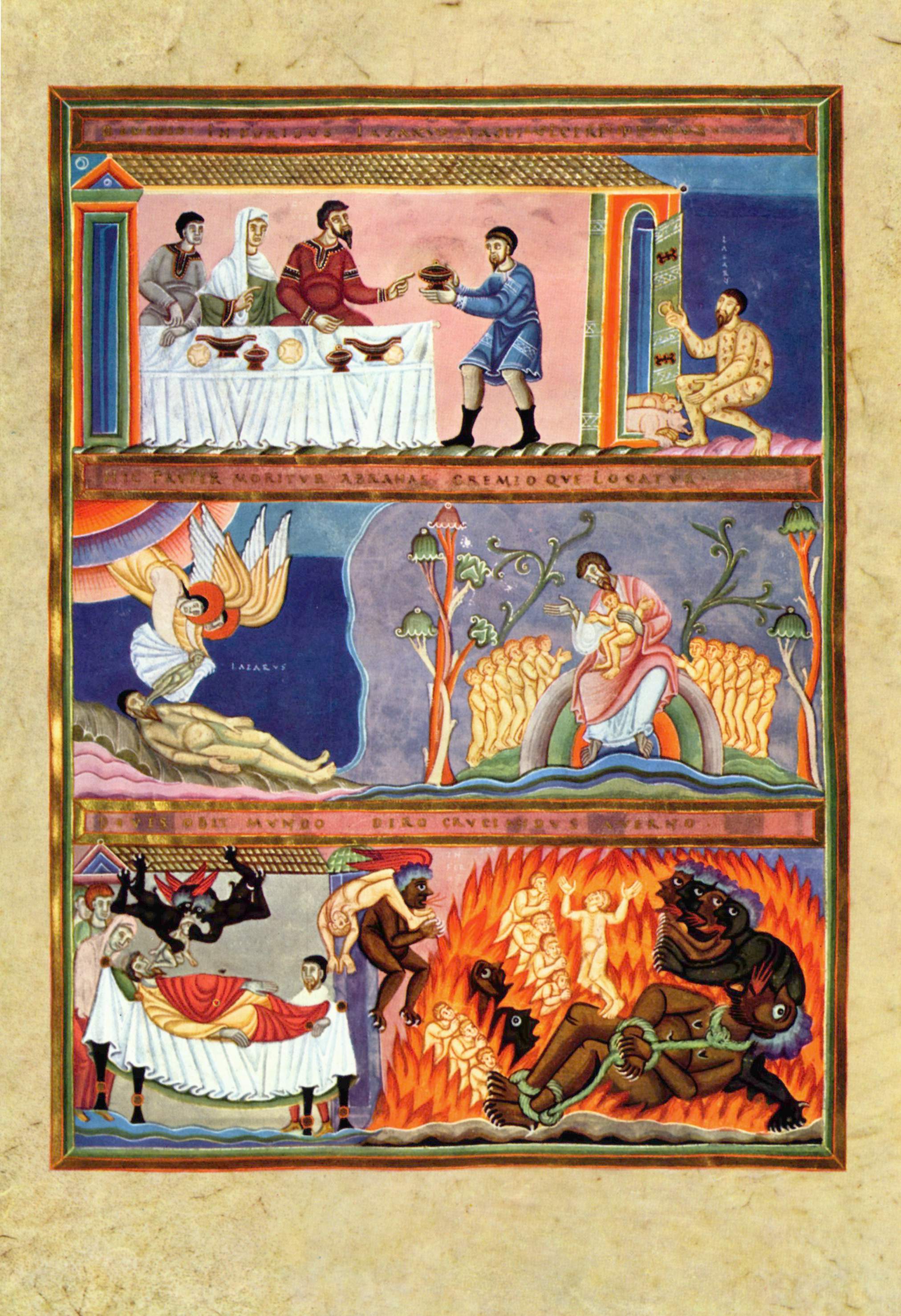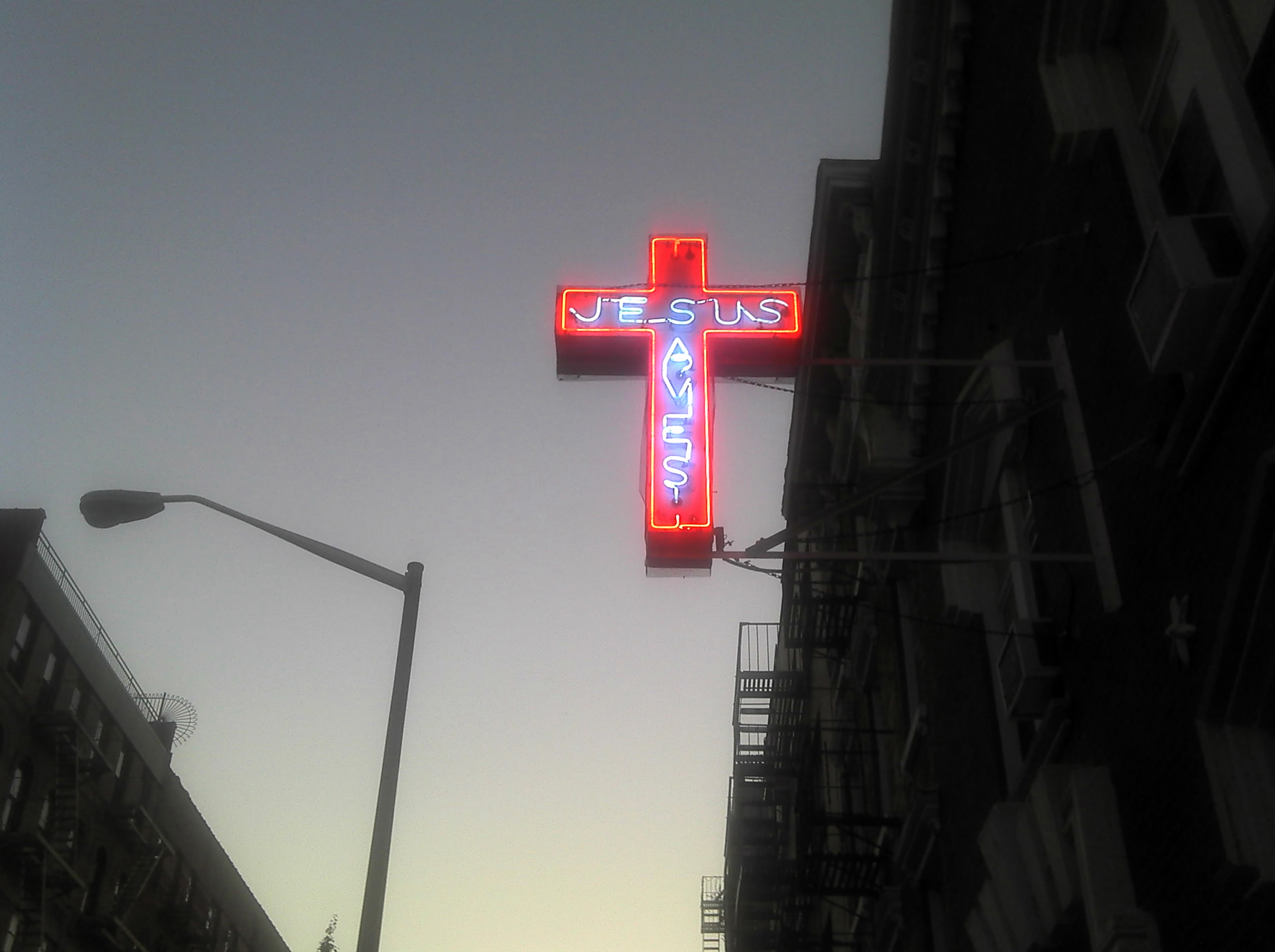|
Limbo
The unofficial term Limbo (, or , referring to the edge of Hell) is the afterlife condition in medieval Catholic theology, of those who die in original sin without being assigned to the Hell of the Damned. However, it has become the general term to refer to nothing between time and space in general. Some medieval theologians of Western Europe described the underworld (" hell", "hades", "infernum") as divided into three distinct parts: Hell of the Damned,''Catholic Encyclopedia'': Hell "However, in the New Testament the term Gehenna is used more frequently in preference to hades, as a name for the place of punishment of the damned. ..held in abomination by the Jews, who, ... [...More Info...] [...Related Items...] OR: [Wikipedia] [Google] [Baidu] |
Harrowing Of Hell
In Christian theology, the Harrowing of Hell (; Greek language, Greek: – "the descent of Christ into Christian views on Hell, Hell" or Christian views on Hades, Hades) is the period of time between the Crucifixion of Jesus and his Resurrection of Jesus, resurrection. In triumphant descent, Jesus Christ, Christ brought Salvation in Christianity, salvation to the souls held captive there since the beginning of the world. Christ's descent into the world of the dead is referred to in the Apostles' Creed and the Athanasian Creed (), which state that he "descended into the underworld" (), although neither mention that he liberated the dead. His descent to the underworld is alluded to in the New Testament in 1 Peter 4:6, which states that the "good tidings were proclaimed to the dead". The ''Catechism of the Catholic Church'' notes Ephesians 4:9, which states that "[Christ] descended into the lower parts of the earth", as also supporting this interpretation. These passages in the ... [...More Info...] [...Related Items...] OR: [Wikipedia] [Google] [Baidu] |
Christian Views On Hades
Hades, according to various Christian denominations, is "the Underworld, place or state of departed spirits",''Oxford Dictionary of the Christian Church'' (Oxford University Press 2005 ): ''Hades'' borrowing the name of Hades, the name of the Greek underworld, underworld in Ancient Greek religion, Greek mythology. It is often associated with the Jewish concept of Sheol. In Christian theology, ''Hades'' is seen as an Intermediate state (Christianity), intermediate state between Heaven in Christianity, Heaven and Hell in Christianity, Hell in which the dead enter and will remain until the Last Judgment. In the Bible Septuagint In the Septuagint (an ancient translation of the Hebrew Bible into Greek language, Greek), the Greek term ᾅδης (Hades#Realm of Hades, Hades) is used to translate the Hebrew term שאול (Sheol) in almost all instances, only three of them are not matched with Hades: (γῆ, "earth, land"), (θάνατος, "death") and (βόθρου or λάκκος, "p ... [...More Info...] [...Related Items...] OR: [Wikipedia] [Google] [Baidu] |
Afterlife
The afterlife or life after death is a purported existence in which the essential part of an individual's Stream of consciousness (psychology), stream of consciousness or Personal identity, identity continues to exist after the death of their physical body. The surviving essential aspect varies between belief systems; it may be some partial element, or the entire soul or spirit, which carries with it one's personal identity. In some views, this continued existence takes place in a Supernatural, spiritual realm, while in others, the individual may be reborn into World#Religion, this world and begin the life cycle over again in a process referred to as reincarnation, likely with no memory of what they have done in the past. In this latter view, such rebirths and deaths may take place over and over again continuously until the individual gains entry to a spiritual realm or otherworld. Major views on the afterlife derive from religion, Western esotericism, esotericism, and metaphy ... [...More Info...] [...Related Items...] OR: [Wikipedia] [Google] [Baidu] |
Original Sin
Original sin () in Christian theology refers to the condition of sinfulness that all humans share, which is inherited from Adam and Eve due to the Fall of man, Fall, involving the loss of original righteousness and the distortion of the Image of God. The biblical basis for the belief is generally found in Fall of man#Genesis 3, Genesis 3 (the story of the expulsion of Adam and Eve from the Garden of Eden), and in texts such as ("I was brought forth in iniquity, and in sin did my mother conceive me") and ("Therefore, just as sin entered the world through one man, and death through sin, and in this way death came to all people, because all sinned"). The specific doctrine of original sin was developed in the 2nd century struggle against Gnosticism by Irenaeus of Lyons, and was shaped significantly by Augustine of Hippo (354–430 AD), who was the first author to use the phrase "original sin". Influenced by Augustine, the Councils of Carthage (411–418 AD) and Council of Orange ... [...More Info...] [...Related Items...] OR: [Wikipedia] [Google] [Baidu] |
Bosom Of Abraham
The Bosom of Abraham refers to the place of comfort in the biblical Sheol (or Hades in the Greek Septuagint version of the Hebrew scriptures from around 200 BC, and therefore so described in the New Testament) where the righteous dead await redemption. The phrase and concept are found in both Judaism and Christian religions and religious art. Origin of the phrase The word found in the Greek text for "bosom" ikolpos meaning "lap" "bay". This relates to the Second Temple period practice of reclining and eating meals in proximity to other guests, the closest of whom physically was said to lie on the bosom (chest) of the host. (See ) While commentators generally agree upon the meaning of the "Bosom of Abraham", they disagree about its origins. Up to the time of Maldonatus (AD 1583), its origin was traced back to the universal custom of parents to take up into their arms, or place upon their knees, their children when they are fatigued, or return home, and to make them rest by ... [...More Info...] [...Related Items...] OR: [Wikipedia] [Google] [Baidu] |
Hell
In religion and folklore, hell is a location or state in the afterlife in which souls are subjected to punishment after death. Religions with a linear divine history sometimes depict hells as eternal destinations, such as Christianity and Islam, whereas religions with reincarnation usually depict a hell as an intermediary period between incarnations, as is the case in the Indian religions. Religions typically locate hell in another dimension or under Earth's surface. Other afterlife destinations include heaven, paradise, purgatory, limbo, and the underworld. Other religions, which do not conceive of the afterlife as a place of punishment or reward, merely describe an abode of the dead, the grave, a neutral place that is located under the surface of Earth (for example, see Kur, Hades, and Sheol). Such places are sometimes equated with the English word ''hell'', though a more correct translation would be "underworld" or "world of the dead". The ancient Mesopotamian, Greek, ... [...More Info...] [...Related Items...] OR: [Wikipedia] [Google] [Baidu] |
Limbus
Limbus (Lat. "edge, boundary") may refer to: * Corneal limbus, the border of the cornea and the sclera (the white of the eye) * Limbus of fossa ovalis, in the heart * Limbus 3 and Limbus 4, two line-ups of a German avant-garde musical group * Limbus, a type of garment trim added to the stola in Ancient Rome * '' Limbus Company'', a 2023 video game See also * Limbo The unofficial term Limbo (, or , referring to the edge of Hell) is the afterlife condition in medieval Catholic theology, of those who die in original sin without being assigned to the Hell of the Damned. However, it has become the gene ..., a speculative idea about the afterlife condition of those who die in original sin without being assigned to the Hell of the Damned in Catholic theology (referring to the "edge" of Hell) * Limbu people, an ethnic group in Nepal and India * Limbum language, a language of Cameroon {{disambig ... [...More Info...] [...Related Items...] OR: [Wikipedia] [Google] [Baidu] |
Salvation In Christianity
In Christianity, salvation (also called deliverance or redemption) is the saving of human beings from sin and its consequences—which include death and separation from God—by Christ's death and resurrection, and the justification entailed by this salvation. The idea of Jesus' death as an atonement for human sin was recorded in the Christian Bible, and was elaborated in Paul's epistles and in the Gospels. Paul saw the faithful redeemed by participation in Jesus' death and rising. Early Christians regarded themselves as partaking in a new covenant with God, open to both Jews and Gentiles, through the sacrificial death and subsequent exaltation of Jesus Christ. Early Christian beliefs of the person and sacrificial role of Jesus in human salvation were further elaborated by the Church Fathers, medieval writers and modern scholars in various atonement theories, such as the ransom theory, Christus Victor theory, recapitulation theory, satisfaction theory, penal su ... [...More Info...] [...Related Items...] OR: [Wikipedia] [Google] [Baidu] |
Resurrection Of The Dead
General resurrection or universal resurrection is the belief in a resurrection of the dead, or resurrection from the dead ( Koine: , ''anastasis onnekron''; literally: "standing up again of the dead") by which most or all people who have died would be resurrected (brought back to life). Various forms of this concept can be found in Christian, Islamic, Jewish, Samaritan and Zoroastrian eschatology. Rabbinic Judaism and Samaritanism There are three explicit examples in the Hebrew Bible of people being resurrected from the dead: * The prophet Elijah prays and God raises a young boy from death (1 Kings 17:17–24). * Elisha raises the son of the Shunammite woman (2 Kings 4:32–37); this was the very same child whose birth he previously foretold (2 Kings 4:8–16). * A dead man's body that was thrown into the dead Elisha's tomb is resurrected when the body touches Elisha's bones (2 Kings 13:21). While there was no belief in personal afterlife with reward or punishment i ... [...More Info...] [...Related Items...] OR: [Wikipedia] [Google] [Baidu] |







